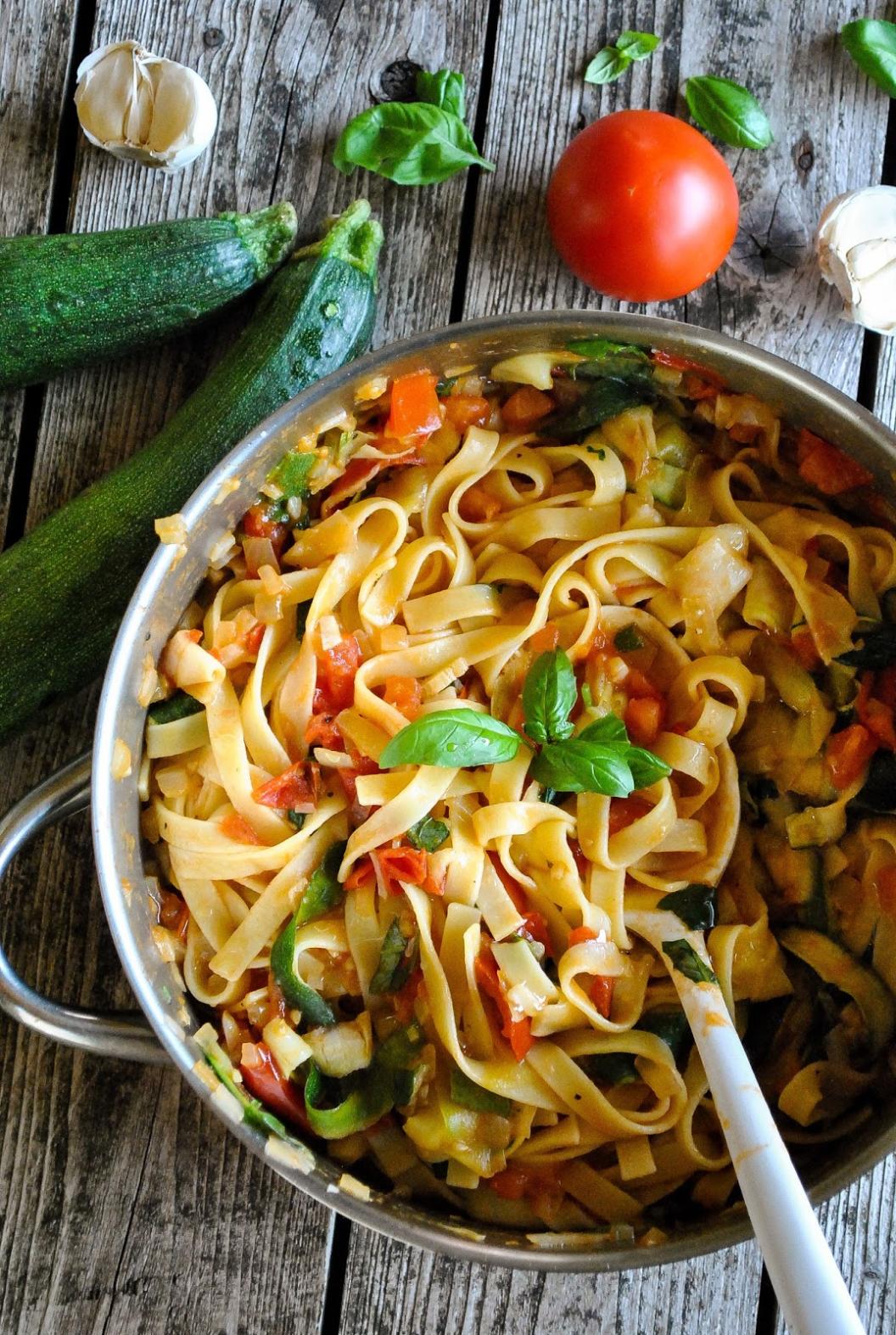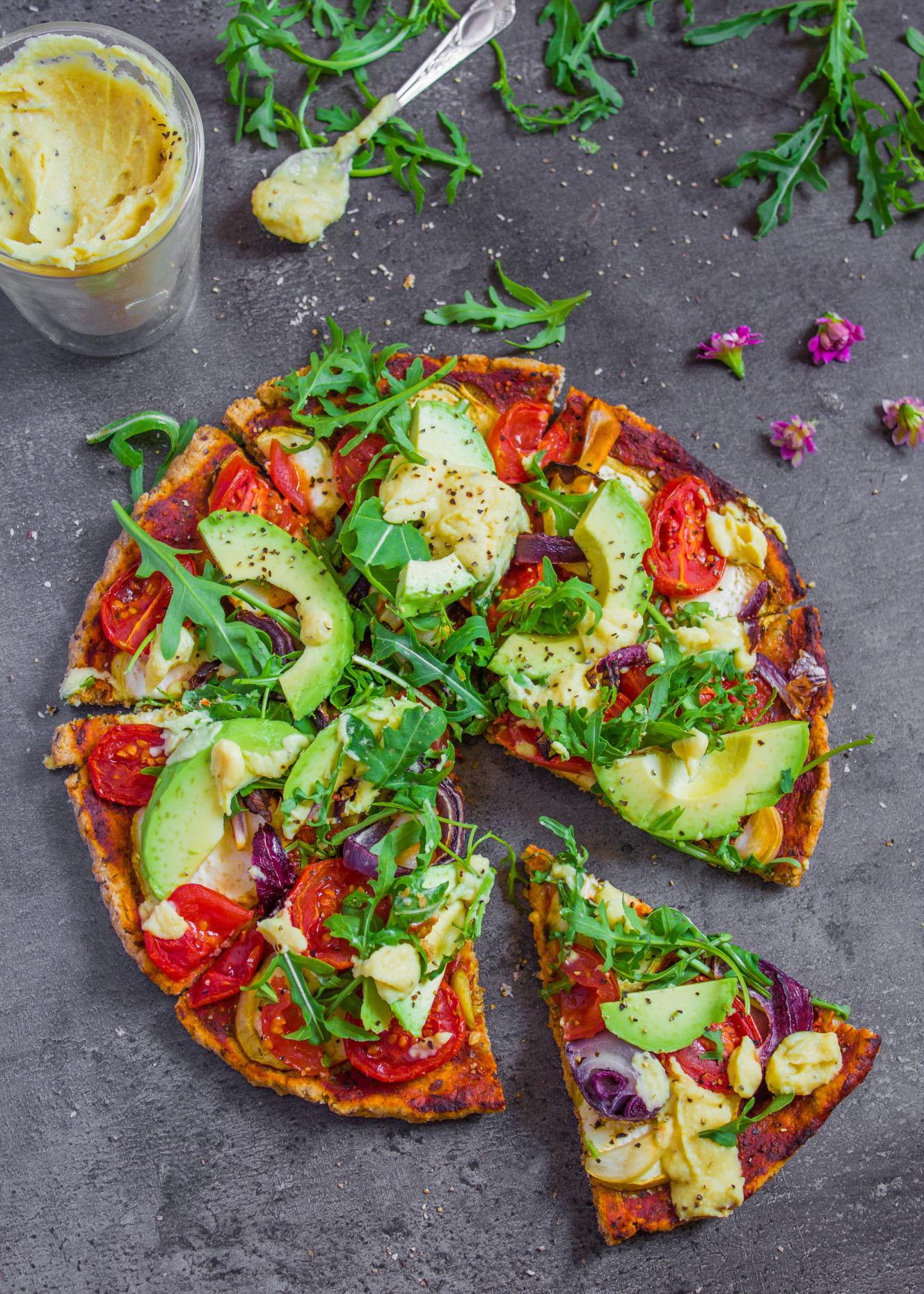Unveiling the Secrets of Creating Flavorful and Satisfying Vegan Recipes
Veganism, a lifestyle that excludes the consumption of animal products, has gained immense popularity in recent years. While adopting a vegan diet offers numerous health and environmental benefits, many individuals face challenges in creating flavorful and satisfying meals without the use of animal-based ingredients.

This article aims to unveil the secrets of crafting flavorful and satisfying vegan recipes, addressing common challenges and providing practical techniques to enhance the taste and enjoyment of plant-based dishes.
Understanding The Building Blocks Of Flavor
Flavor is a complex experience that involves the interaction of various taste sensations. The five basic tastes—sweet, sour, salty, bitter, and umami—play a crucial role in creating a harmonious flavor profile.
- Sweetness: Natural sugars, fruits, and sweeteners provide sweetness.
- Sourness: Citrus fruits, vinegar, and fermented foods contribute sourness.
- Saltiness: Salt is the primary source of saltiness, but it can also be found in certain vegetables and processed foods.
- Bitterness: Dark leafy greens, certain vegetables, and some spices impart bitterness.
- Umami: Umami, often described as savory or meaty, is found in mushrooms, tomatoes, and fermented foods.
By balancing these tastes, chefs can create dishes that are both flavorful and satisfying.
Techniques For Creating Flavorful Vegan Dishes

Crafting flavorful vegan dishes requires a combination of techniques and ingredients.
- Using Plant-Based Proteins: Plant-based proteins, such as beans, lentils, tofu, and tempeh, provide the foundation for many vegan dishes. These ingredients can be used to create a variety of textures and flavors.
- Incorporating Vegetables, Fruits, and Whole Grains: A variety of vegetables, fruits, and whole grains add color, texture, and nutrients to vegan dishes. Experimenting with different combinations can create exciting flavor profiles.
- Experimenting with Cooking Methods: Different cooking methods can enhance the flavors of vegan ingredients. Roasting, grilling, and sautéing can bring out caramelized flavors, while steaming and boiling preserve delicate flavors.
- Creating Flavorful Sauces, Dressings, and Marinades: Sauces, dressings, and marinades can add depth and complexity to vegan dishes. Experimenting with different herbs, spices, and ingredients can create unique and flavorful additions.
- Achieving the Perfect Texture: Texture is an important aspect of creating satisfying vegan dishes. Combining soft and crunchy textures, as well as creamy and crispy textures, can create a more enjoyable eating experience.
Overcoming Common Challenges In Vegan Cooking
Vegan cooking presents certain challenges that can be overcome with the right techniques and mindset.
- Addressing the Lack of Meaty Flavors: Plant-based proteins lack the same meaty flavors found in animal products. However, using ingredients like mushrooms, tempeh, and certain spices can create satisfying savory flavors.
- Dealing with the Perception that Vegan Food is Bland or Boring: The perception that vegan food is bland or boring is often due to a lack of flavor balance. By incorporating a variety of herbs, spices, and cooking techniques, vegan dishes can be just as flavorful as non-vegan dishes.
- Overcoming the Challenge of Creating Satisfying Vegan Desserts: Creating satisfying vegan desserts can be challenging due to the absence of dairy products. However, using plant-based milks, yogurts, and sweeteners can create delicious and indulgent desserts.
- Making Vegan Dishes Visually Appealing: Vegan dishes can be just as visually appealing as non-vegan dishes. Using colorful vegetables, fruits, and herbs can create vibrant and inviting plates.
Tips For Creating A Satisfying Vegan Meal

Creating a satisfying vegan meal involves more than just flavor.
- Planning Meals that Provide a Balance of Macronutrients: A balanced meal includes a combination of carbohydrates, proteins, and fats. Ensuring that each meal contains a balance of these macronutrients can help promote satiety and overall well-being.
- Incorporating a Variety of Textures and Colors: Incorporating a variety of textures and colors into each meal can make it more visually appealing and enjoyable to eat. Combining soft and crunchy textures, as well as bright and vibrant colors, can create a more satisfying dining experience.
- Serving Meals at the Right Temperature: Serving meals at the right temperature is essential for maximizing flavor and enjoyment. Hot dishes should be served hot, while cold dishes should be served cold.
- Creating a Pleasant Dining Environment: Creating a pleasant dining environment can enhance the overall dining experience. Setting the table, using attractive食器, and playing soft music can contribute to a more enjoyable meal.
Creating flavorful and satisfying vegan recipes is an art that can be mastered with practice and experimentation. By understanding the building blocks of flavor, employing effective techniques, and overcoming common challenges, vegans can create delicious and enjoyable meals that cater to their dietary preferences and lifestyle.
Embark on a culinary journey of discovery, explore the world of vegan cooking, and experience the joy of creating flavorful and satisfying meals that nourish both body and soul.
Join a vibrant community of vegan enthusiasts, share your favorite recipes, and inspire others to embrace the joys of plant-based cooking.
YesNo

Leave a Reply